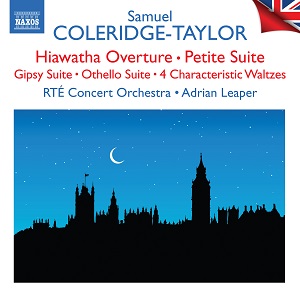And that's a shame. Because after hearing this release, I wanted to know more about Moser. And I wanted to hear more of his music.
Moser was active in the first half of the 20th Century. He developed his own style. It's a tonal language, but one that uses unusual scales and harmonies. I'd describe it as somewhere between Ralph Vaughan Williams and Aaron Copland.
Moser was also a neo-classist. As such, he's closer to Respighi than Stravinsky in execution. In his Concerto Grooso, Op. 32, Moser uses the forms of the past as a framework. On it, he overlays his own modally-inspired melodies.
The featured work on this release is his Oboe Concerto, Op. 86. Composed in 1950, it leans heavily into modal harmonies. This makes the work accessible, and quite appealing to modern ears.
Oboist Narc Lacher plays with a lilting tone, giving the music a pastoral feel. The Chamber Orchestra I TEMPI has a full sound that makes them seem bigger than they are.
If you like the music of Respighi, Ravel, Vaughan Williams, or Delius, give this a listen. Moser shares some of the same aesthetics as those composers. But he retains his own distinctive musical voice.
Rudolf Moser: Works for String Orchestra
Narc Lachar, oboe
Chamber Orchestra I TEMPI; Gevorg Gharabekyan, conductor
Genuin GEN 22773














